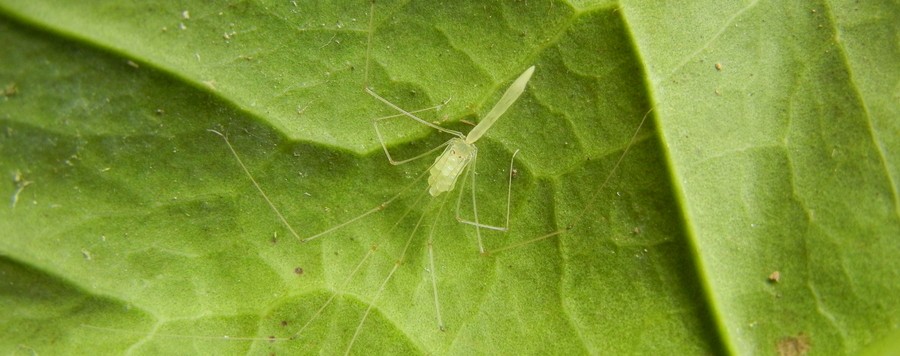
New World 'Leptopholcus'.
The generic placement of New World pholcids assigned to the genus Leptopholcus Simon has long been questioned and recent molecular data have shown that Caribbean (Hispaniolan) representatives are more closely related to the Old World genus Micropholcus Deeleman-Reinhold & Prinsen than to ‘true’ African Leptopholcus (Dimitrov, Astrin & Huber 2013, Cladistics 29: 132-146). Here we provide new molecular (16s, 18s, 28s, co1, h3, wnt1) and morphological data about Caribbean (Cuban, Puerto Rican) and South American (Brazilian) representatives, supporting the sister-group relationship with Micropholcus and suggesting a monophyletic New World clade that in turn consists of a Caribbean and a South American clade. The ten New World species previously assigned to Leptopholcus are thus transferred to Micropholcus for which an emended diagnosis is provided: M. baoruco (Huber, 2006) n. comb.; M. brazlandia (Huber, Pérez & Baptista, 2005) n. comb.; M. dalei (Petrunkevitch, 1929) n. comb.; M. delicatulus (Franganillo, 1930) n. comb.; M. evaluna (Huber, Pérez & Baptista, 2005) n. comb.; M. hispaniola (Huber, 2000) n. comb.; M. jamaica (Huber, 2000) n. comb.; M. kiskeya (Huber & Wunderlich, 2006) n. comb.; M. pataxo (Huber, Pérez & Baptista, 2005) n. comb.; M. toma (Huber, 2006) n. comb. Four Brazilian species are newly described: M. piaui sp. nov.; M. piracuruca, sp. nov.; M. crato, sp. nov.; M. ubajara, sp. nov.. Natural history data are provided for M. piaui and M. ubajara.






